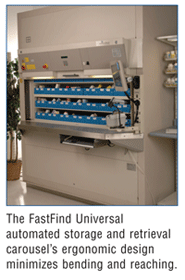Antibiotics are one of the most important class of medicines used to fight bacterial infections. They can be used to save lives from nearly mortal infections. Like the article that I found says:
"Antibiotics find their way into nearly every area of medicine." That is why they should be used properly for a very effective treatment. The article show us a new application for the iPad device called
Antibiotics Manual by Spearhead Global Inc, created by two infectious disease physicians from Temple University School of Medicine, which consist of flashcards detailing a particular antimicrobial. The following information are the one that we can found about each antibiotic:
 -Basic Characteristics: Mechanism of Action, Mechanism of Resistance, Metabolic Route.
-Basic Characteristics: Mechanism of Action, Mechanism of Resistance, Metabolic Route.
-FDA-Approved Indications
-Side effects/toxicity
-Drug Interactions/Food Interactions
-Dosing
-Special Populations
-The Art of Antimicrobial Therapy
This is a good application to have for us, future pharmacists, to use as a reference in our work. The whole article can be found in the following link:
http://www.imedicalapps.com/2011/10/antibiotics-manual-ipad-app-providers/#more-17847
 -Basic Characteristics: Mechanism of Action, Mechanism of Resistance, Metabolic Route.
-Basic Characteristics: Mechanism of Action, Mechanism of Resistance, Metabolic Route.

